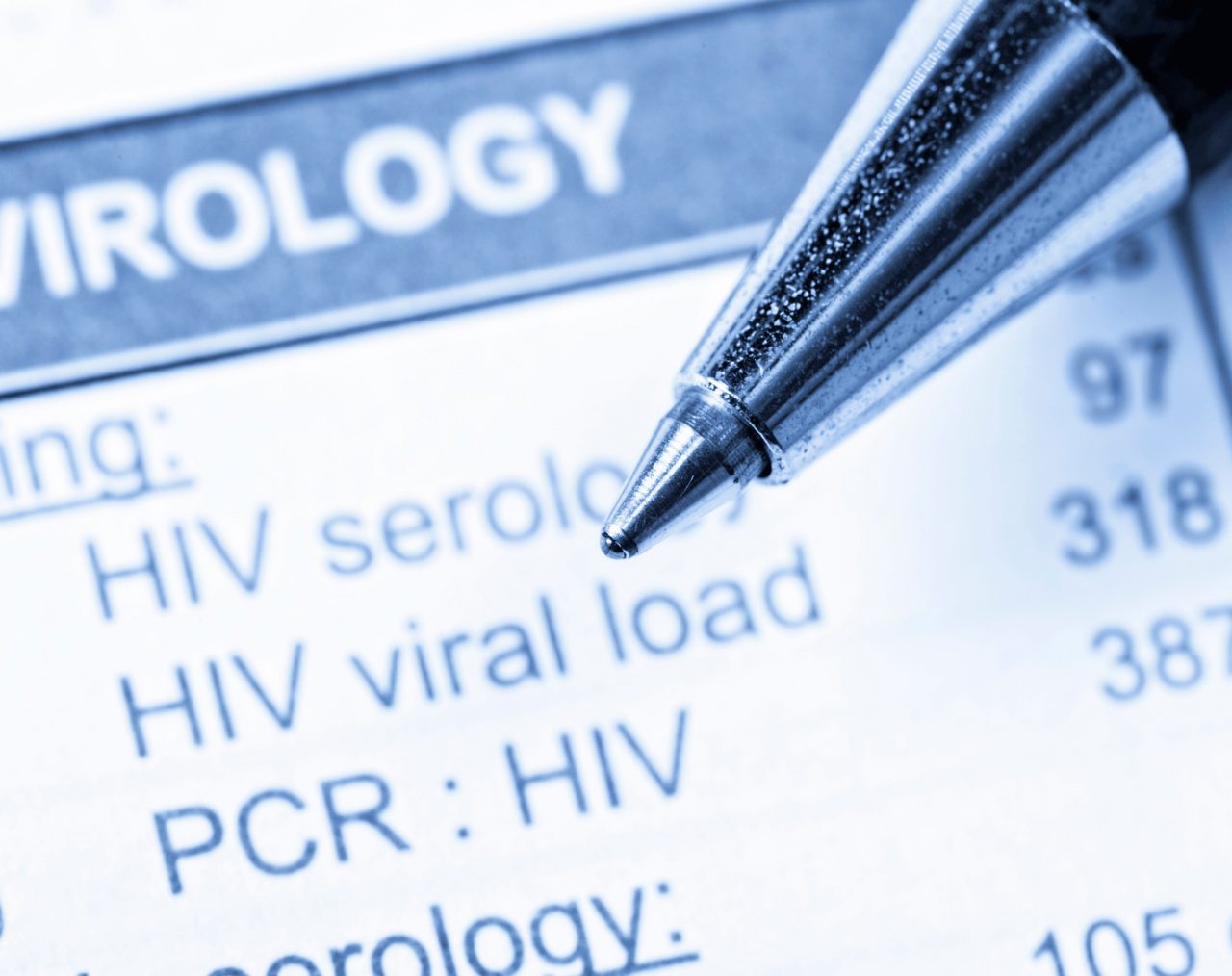What Is HIV?

A virus that attacks cells in the immune system, HIV is contagious and over time makes people much more vulnerable to other diseases such as deadly AIDs.
HIV stands for human immunodeficiency virus. First identified in 1981, HIV is spread by contact with certain bodily fluids from an infected person, for example, semen or blood.
If you have sex with an infected person without a condom or HIV medicine to prevent or treat HIV, you probably have been exposed to the virus, which compromises your immune system’s ability to fight off diseases. You can also be exposed if you share injection needles. The human body can’t get rid of HIV. No effective HIV cure exists. Once you are infected with HIV, you have it for life.
Most people today with HIV haven’t yet reached the late stage of the disease, AIDS, or acquired immunodeficiency syndrome.
YOU MIGHT ALSO LIKE: Big Advances Against Human Immunodeficiency Virus (HIV)
If you think you’ve been exposed to HIV in the past 72 hours, talk to your healthcare provider about the HIV preventive medication post-exposure prophylaxis (PEP), right away. This treatment can protect you from getting sick.
Within two to four weeks after HIV infection, some people get flu-like symptoms — fever, chills, rashes, night sweats, muscle aches, a sore throat, mouth ulcers, or fatigue. Symptoms may last for as many as several weeks. Some people notice no symptoms.
If you have any of those symptoms and think you may have been exposed to HIV, seek medical care and ask for a test to diagnose acute infection.
If you are diagnosed with an HIV infection, you can take HIV medicine (called antiretroviral therapy, or ART), which will keep you alive and allow you to have sex without giving HIV to your partners.
If you do nothing, and those symptoms pass, you usually won’t notice anything wrong for some time, a decade or more, but you can give the disease to your partners. Eventually, the amount of HIV in your blood (called viral load) increases, and the number of CD4 cells (also called T cells) drops. HIV attacks these cells, which your body needs to fight infection.
What your CD4 count reveals
- Normal: 500 to 1,200 cells per cubic millimeter.
- Abnormal: 250 to 500 cells per cubic millimeter. This means you have a weakened immune system and may be infected with HIV.
- Abnormal: 200 or fewer cells per cubic millimeter. This indicates AIDS and a high risk of life-threatening opportunistic infections.
When your CD4 count drops low enough, you might lose weight, suffer from fever or night sweats, and become very tired. You’re vulnerable to infections, such as pneumonia, Salmonella, candidiasis, toxoplasmosis, and tuberculosis. Without treatment people with AIDs survive about three years on average.
How do you know if you have HIV?
You have to get tested to know.
If you have symptoms and think you’ve been exposed, you might receive a nucleic acid test (NAT), which looks for the actual virus in your blood. The blood must come from a vein. The NAT can detect an acute infection 10 to 33 days after exposure. You will have to wait a few days to get results.
Other tests look for an antigen called p24, a sign of infection that emerges before your body develops antibodies, which mean your immune system has identified an infection.
An antigen/antibody test performed by a laboratory on blood from a vein can usually detect HIV infection 18 to 45 days after an exposure. If you take blood from a finger prick, you need to wait 18 to 90 days after an exposure before knowing the test results.
Antibody tests work 23 to 90 days after an exposure.
Most rapid tests and self-tests are antibody tests. In general, antibody tests that use blood from a vein can detect HIV sooner after infection than tests done with blood from a finger prick or with oral fluid.
Many medical clinics, substance abuse programs, community health centers, and hospitals can give you a test. Use the HIV Services Locator to search in your neighborhood. You can ask a medical provider for a kit that contains supplies to collect blood from a fingerstick at home, which you can mail to a lab. The Food and Drug Administration has approved a do-it-yourself rapid at-home antibody test as well. You can buy one online or at a pharmacy and get results in 20 minutes.
How to avoid HIV infection
The Centers for Disease Control and Prevention (CDC) has an online tool to help you decide what’s safe.
Do not share needles or syringes during drug use or when getting piercings or tattoos.
Kissing and touching are quite safe even if one partner has an infection. Vaginal sex is riskier, especially for the woman because she comes into contact with semen. The most high-risk activity is anal sex. That risk drops a lot, about 72 percent, if you use a condom, but this still isn’t safe.
If you take risks like anal sex, you can protect yourself by using the medications pre-exposure prophylaxis (PrEP) (before sex) or post-exposure prophylaxis (PEP) (after sex). Using a condom along with PrEP makes anal sex close to safe, though not entirely.
YOU MIGHT ALSO LIKE: Steer Clear of Alternative Treatments for HIV
Updated:
July 22, 2022
Reviewed By:
Janet O’Dell, RN